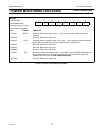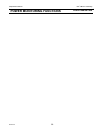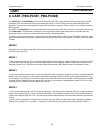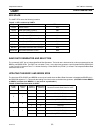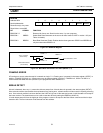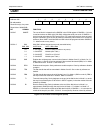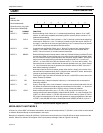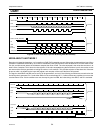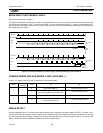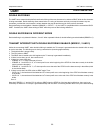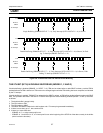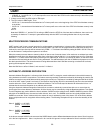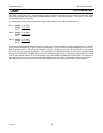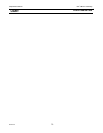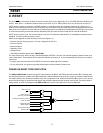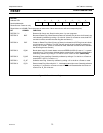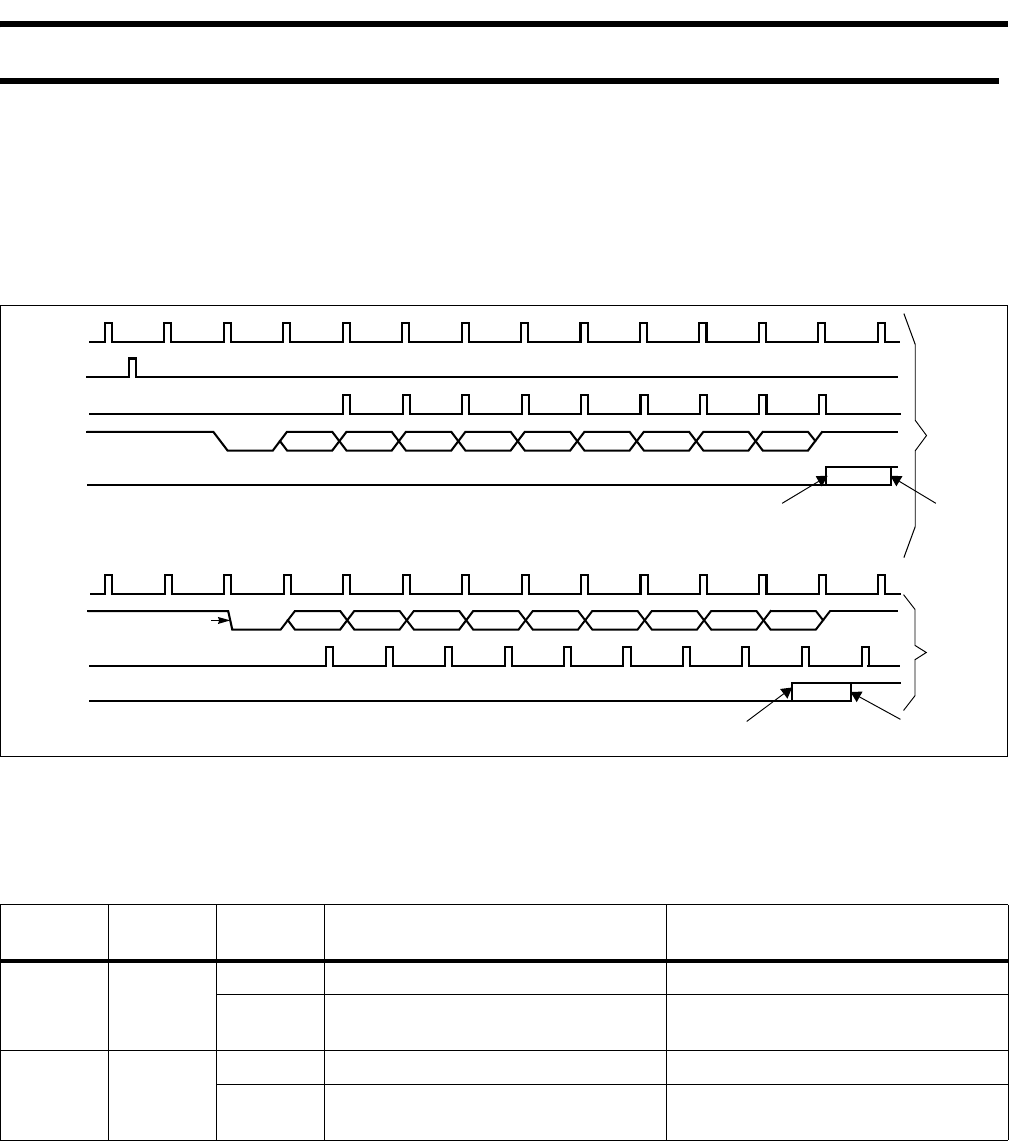
Philips Semiconductors
User’s Manual - Preliminary -
P89LPC906/907/908
UART
2003 Dec 8 65
MORE ABOUT UART MODES 2 AND 3
Reception is the same as in Mode 1.
The signal to load SBUF and RB8, and to set RI, will be generated if, and only if, the following conditions are met at the time the
final shift pulse is generated. (a) RI = 0, and (b) Either SM2 = 0, or the received 9th data bit = 1. If either of these conditions is
not met, the received frame is lost, and RI is not set. If both conditions are met, the received 9th data bit goes into RB8, and the
first 8 data bits go into SBUF.
Figure 8-7: Serial Port Mode 2 or 3 (Only Single Transmit Buffering Case Is Shown)
FRAMING ERROR AND RI IN MODES 2 AND 3 WITH SM2 = 1
If SM2 = 1 in modes 2 and 3, RI and FE behave as in the following table.
BREAK DETECT
A break is detected when 11 consecutive bits are sensed low and is reported in the status register (SSTAT). For Mode 1, this
consists of the start bit, 8 data bits, and two stop bit times. For Modes 2 & 3, this consists of the start bit, 9 data bits, and one stop
bit. The break detect bit is cleared in software or by a reset. The break detect can be used to reset the device. This occurs if the
UART is enabled and the the EBRR bit (AUXR1.6) is set and a break occurs.
Mode
PCON.6
(SMOD0)
RB8 RI FE
20
0 No RI when RB8 = 0 Occurs during STOP bit
1
Similar to Figure 8-7, with SMOD0 = 0, RI
occurs during RB8, one bit before FE
Occurs during STOP bit
31
0 No RI when RB8 = 0 Will NOT occur
1
Similar to Figure 8-7, with SMOD0 = 1, RI
occurs during STOP bit
Occurs during STOP bit
Table 8-3: FE and RI when SM2 = 1 in Modes 2 and 3.
Transmit
Start Bit Stop Bit
TX Clock
Write to SBUF
Shift
TxD
TI
D0 D1 D5D2 D6D3 D4 D7
Receive
RX Clock
Shift
RI
Start Bit
Stop Bit
RxD
D0 D1 D5D2 D6D3 D4 D7
÷ 16 Reset
TB8
RB8
INTLO = 0
INTLO = 1
SMOD0 = 0
SMOD0 = 1



